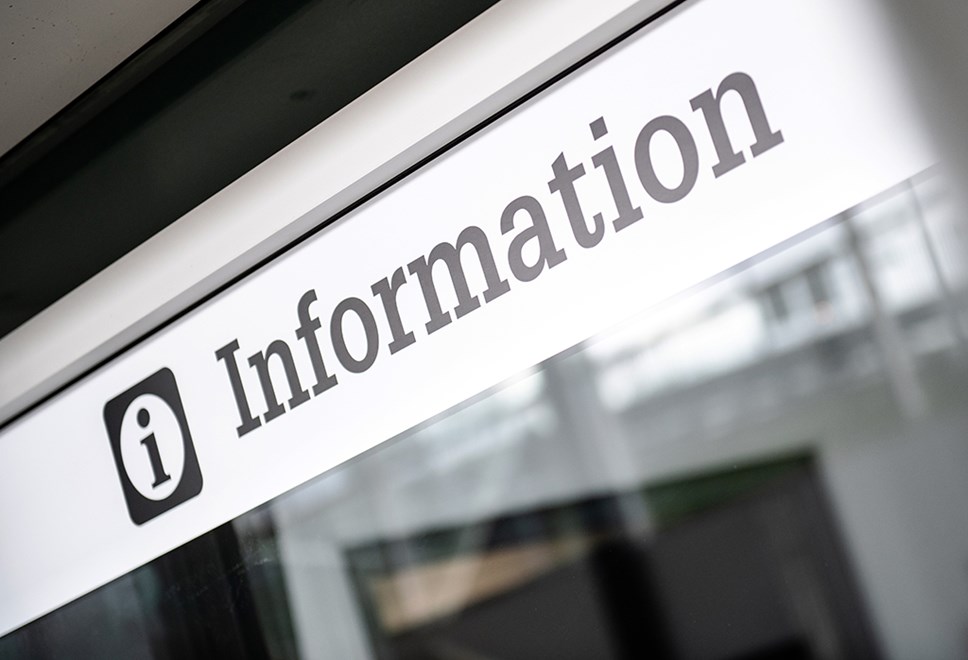
Hitachi Rail and rail industry agree service recovery plan to get trains back
Hitachi Rail, train operators, and government have agreed, with oversight from the Office of Rail and Road, a service recovery plan to safely reintroduce more 800 Series and 385 Series trains to the network.
The fleet of 800 series trains was removed from service as a precaution at the weekend when cracks were found on some trains.
Following extensive safety checks on their trains, Transpennine Express, Hull Trains and ScotRail have been able to operate services across all of their routes since last weekend.
After further rigorous safety checks involving ORR’s HM Railway Inspectorate, GWR and LNER will now begin reintroducing trains with a more regular service for passengers. Trains on some routes may be less frequent than usual and train availability could vary, for a number of reasons, so passengers should continue to check with the operators before they travel.
Passengers are being advised to check the latest travel advice from their train operator. Eligible passengers are also being encouraged to claim refunds.
Service Recovery Plan
The service recovery plan follows joint work between Hitachi Rail, train operators and the regulator around the safe return to service of some trains. Since discovering the faults, Hitachi Rail engineers and independent experts have completed rigorous tests and research to gain a clearer understanding of the cracking issue.
Based on the work undertaken to understand the issue, and after extensive engagement, Hitachi Rail and train operators, working with the rail regulator, have put in place suitable criteria for the trains to meet before they can re-enter service.
The service recovery plan includes thorough inspections by specialist teams before trains leave the depot. Trains will only re-enter service if they meet agreed safety criteria. Working with Hitachi Rail, the rail regulator will continue to carry out rigorous oversight to ensure robust processes are being followed.
Over time, trains will be subject to a Forward Repair Plan, which will ensure the long-term continued safe running of the fleet.
Andrew Barr, Group CEO of Hitachi Rail, said:
“Today’s agreement sets out our joint plan for the phased reintroduction of our trains into service, which will continue to deliver the highest possible safety standards. Safety remains our number one priority, and we and our partners have worked round the clock to agree an approach that allows the return of trains to service where they have been deemed safe.
“With our service recovery plan now underway, the operators will begin reintroduction of trains as they are individually approved and deemed safe. We would like to thank our partners for their ongoing support as we work collectively to reintroduce more trains into service.”
Robert Nisbet, director of nations and regions at the Rail Delivery Group, said:
“The safety of passengers has been the absolute focus for each of the organisations involved in making decisions about these trains over recent days. After some incredibly hard and detailed work, Hitachi’s engineers have worked with train operators and the rail regulator to safely bring some trains back into service. Over the coming days we will be able to get passengers on the affected routes moving again, but for now passengers should continue to check before they travel.”
HM Chief Inspector of Railways at the Office of Rail and Road, Ian Prosser CBE said:
“We’ve engaged with Hitachi and the train companies to oversee their development of a safe and suitable plan.
“We’re also continuing to provide the rigorous oversight needed to make sure the right checks are being carried out so that the trains are able to re-enter passenger service safely.”
Mark Hopwood, GWR Managing Director, said:
“Our customers have shown great patience over the past couple of days, and I am grateful for their understanding as we have worked with Hitachi to allow trains to return safely. This news will allow us to run some additional services today and reintroduce more consistent robust timetables for customers after the weekend.
“The industry has come together to help support those travelling – with other operators allowing each other’s tickets to be used on their networks; adding in extra shuttle services to help move people; and in sharing rolling stock to provide it to those who need it most.”
David Horne, LNER Managing Director, said:
“I am pleased we have been able to work as an industry to agree a service recovery plan with Hitachi and industry partners that will allow trains to return safely to our route. We are continuing to work together to begin the return of Azuma trains into service from next week. Customers should continue to check before they travel with LNER and I apologise for the disruption caused.”
ENDS
Notes to editors:
Further steps being taken by train companies working together to keep people moving include:
- Offering passengers the option of using other train operators’ routes at no additional cost where they offer an alternative way for people to make their journeys.
- Using alternative trains to run shuttle services, including CrossCountry Trains running a service from Bristol to Swindon, from where passengers can catch a GWR train for their onward journey.
- GWR has extended Thames Valley services to Swindon.
- Where possible, Great Northern services running at peak times between the capital and Peterborough and Stevenage have been lengthened from 8 to 12 carriages to provide additional space.
- Transport for Wales and South Western Railway have also strengthened relevant services where possible, including on routes from Reading to Waterloo and Exeter to Waterloo.
